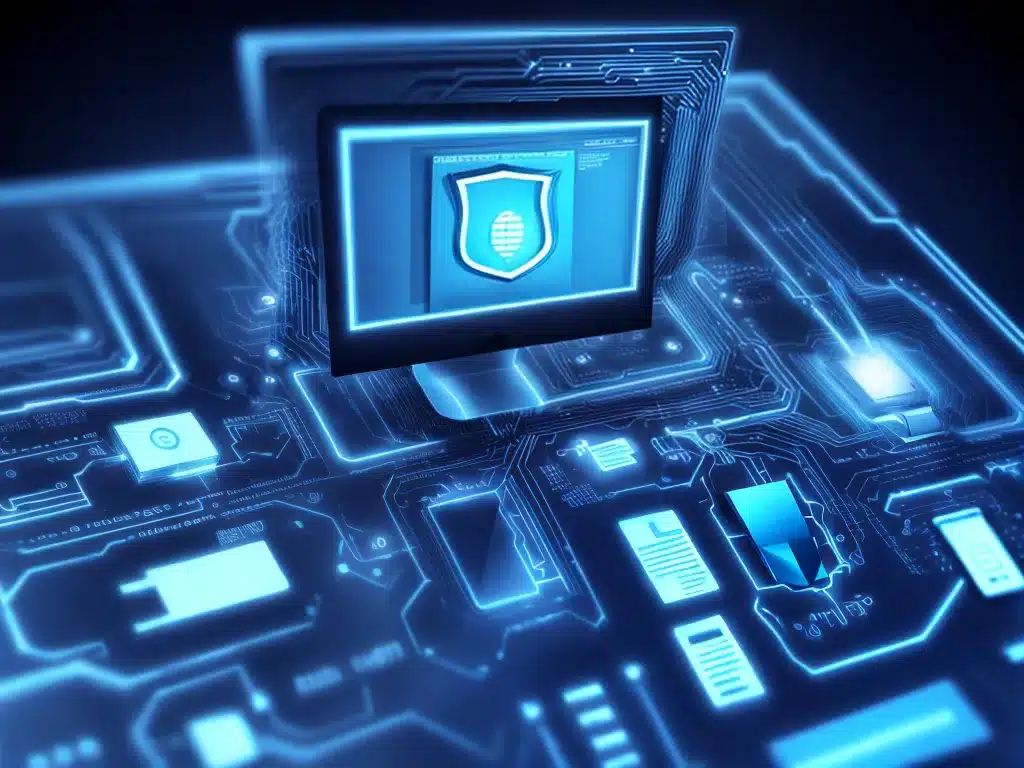
As cyber threats become more sophisticated, organizations need robust security information and event management (SIEM) solutions to detect and respond to attacks. In this review, I evaluate some of the top SIEM tools for enterprises based on capabilities, deployment options, pricing, and more.
What is SIEM?
SIEM solutions aggregate and analyze security data from across an organization’s IT infrastructure. Key capabilities include:
-
Log management – Collect and store log data from networks, endpoints, applications, etc.
-
Threat detection – Apply correlation rules and analytics to identify potential threats and anomalies.
-
Incident response – Facilitate workflows to investigate and remediate security incidents.
-
Compliance – Generate reports for compliance with regulations like PCI DSS, HIPAA, and more.
Top Enterprise SIEM Solutions
Here are some of the most widely used SIEM platforms in enterprise environments:
Splunk
Splunk is a leading SIEM tool known for its strong log management and data analytics capabilities.
Key features:
- Wide dataset support – Ingests data from virtually any source.
- Powerful analytics – Enables users to run queries, statistical analysis, machine learning and more on data.
- Custom dashboards and visualizations.
- Broad platform ecosystem.
Deployment: Splunk offers on-premises, cloud, and hybrid deployment options.
Pricing: Splunk pricing is based on daily ingestion volume. Enterprise licensing starts at $150/GB/day.
IBM QRadar
IBM QRadar provides integrated SIEM, log management, anomaly detection, and vulnerability management.
Key features:
- Real-time offense analytics – Automatically detect advanced threats.
- Risk-based prioritization – Focus on the most critical offenses.
- Integrated vulnerability management.
- Thousands of out-of-the-box rules and reports.
Deployment: QRadar is available as an appliance or virtual appliance.
Pricing: Contact IBM for quote.
LogRhythm
LogRhythm is designed to reduce false positives and enable rapid threat detection and response.
Key features:
- SmartResponseTM – Automates threat containment and remediation actions.
- NetworkXtend integrates with network tools like firewalls.
- CloudAI applies machine learning for anomaly detection.
- Case management and collaboration.
Deployment: LogRhythm offers physical, virtual, and cloud deployment.
Pricing: Contact LogRhythm for pricing details.
Micro Focus ArcSight
Micro Focus ArcSight provides enterprise SIEM capabilities together with user behavior analytics and network monitoring.
Key features:
- Predictive threat intelligence – Identifies risks based on potential attack vectors.
- Flexible data collection from across IT infrastructure.
- Investigation tools – Pivot from one search to another.
- Customizable analytics and dashboards.
Deployment: ArcSight is available as software, an appliance, or SaaS.
Pricing: Contact sales for quote.
McAfee Enterprise Security Manager
McAfee ESM integrates SIEM event collection, prioritization, and reporting with advanced threat detection and response.
Key features:
- Actionable offense analytics – Focus on most critical threats.
- Case management and collaboration workflows.
- Automated response and containment actions.
- Integrates with other McAfee security tools.
Deployment: Available as physical/virtual appliance, software, or SaaS.
Pricing: Contact sales for quote.
Key Considerations for Evaluation
Here are some key criteria to consider when evaluating enterprise SIEM solutions:
-
Data ingestion – Ensure the solution can integrate data from all required sources like firewalls, endpoints, cloud services, etc.
-
Analytics – The tool should enable complex queries, statistical analysis, machine learning, and customizable rules.
-
Scalability – Select a solution that can scale to manage data ingestion and storage as the organization grows over time.
-
Incident response – Prioritize solutions with strong case management, collaboration features, and automation capabilities.
-
Threat intelligence – Opt for tools that allow custom threat feeds and have pre-built connections to leading threat intel platforms.
-
Ease of use – Platform should be intuitive for analysts of all skill levels. Dashboards and visualizations make data easier to digest.
-
Deployment options – Consider on-prem vs cloud vs hybrid models to meet an organization’s unique needs.
-
Pricing – Compare upfront, ongoing, and scalability costs across solutions.
Conclusion
Robust SIEM platforms are essential for security teams to gain visibility across the IT environment, rapidly detect threats, and automate incident response. Leading options like Splunk, IBM QRadar, LogRhythm, ArcSight, and McAfee ESM provide many of the core capabilities enterprises need. Carefully evaluate options based on data sources, analytics, scalability, and ease of use. With the right SIEM tool in place, organizations can improve their threat detection and response capabilities.












